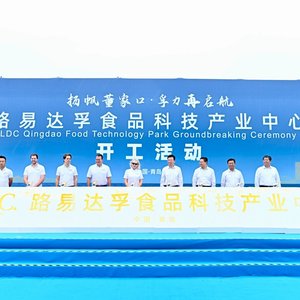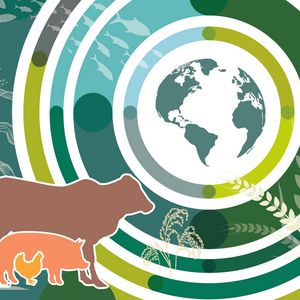U.S. Soybean Export Council (USSEC) is supporting aquafeed mills and farms that consume U.S. soybean meal in different Latin American countries. USSEC’s support helps these producers to receive Global GAP Certification to get better conditions in the main markets and increase their consumption of U.S. soybean meal. The Global GAP Aquaculture Standard sets criteria for legal compliance, food safety, worker occupational health and safety, animal welfare, and environmental and ecological care. It applies to a diversity of fish, crustaceans and mollusks, and extends to all hatchery-based farmed species, as well as the passive collection of seedlings in the planktonic phase. It covers the entire production chain, from broodstock, seedlings and feed suppliers to farming, harvesting and processing.
USSEC consultant Jairo Amezquita visited seven shrimp farms and the National Aquaculture Chamber (CNA) in Guayaquil, Ecuador to offer participation in USSEC’s certification program and to discuss the details and requirements for program inclusion. Three shrimp farm members of the CNA will start working with USSEC on the process of achieving Global GAP Certification. In 2014, Ecuador produced close to 280,000 metric tons (MT) of shrimp, which translates to a production of more than 500,000 MT of feed and a potential of consumption of 180,000 MT of U.S. soybean meal.










